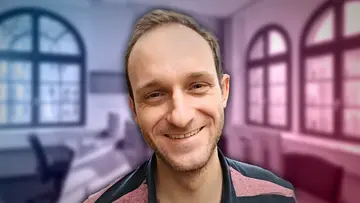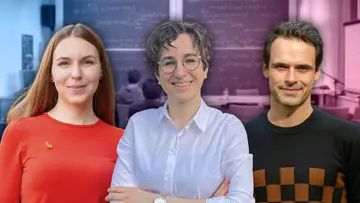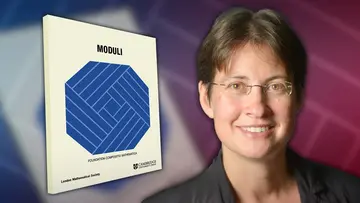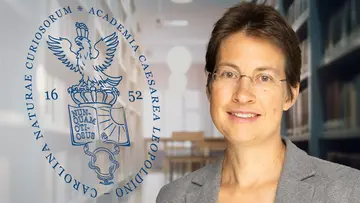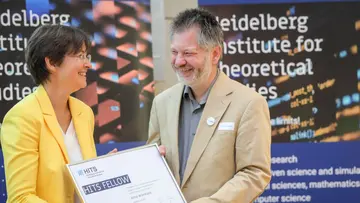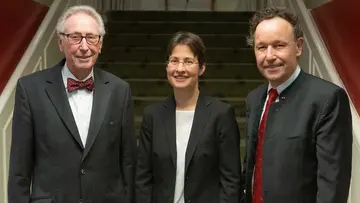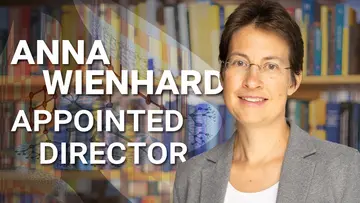
Research Activities
DFG Excellence Cluster 2181 "STRUCTURES: A unifying approach to emergent phenomena in the physical world, mathematics, and complex data"
The cluster of excellence STRUCTURES explores new concepts and methods for understanding how structure, collective phenomena, and complexity emerge from the fundamental laws of physics. These concepts are also central for finding structures in large datasets, and for realizing new forms of analogue computing. STRUCTURES addresses specific, highly topical questions about the formation, role, and detection of structure in a broad range of natural phenomena, from subatomic particles to cosmology, and from fundamental quantum physics to neuroscience.
DFG Graduiertenkolleg 2229 "Asymptotic Invariants and Limits of Groups and Spaces"
The RTG 2229 “Asymptotic Invariants and Limits of Groups and Space” is a joint research training group of Heidelberg University and the Karlsruhe Institute of Technology. It is part of the HEiKa-Allianz, the Heidelberg Karlsruhe Strategic Partnership launched in 2018.
Asymptotic geometry investigates macroscopic properties of geometric spaces. It looks at geometric spaces from afar. The difference between a continuous geometric space and its discrete approximations thus vanishes. This leads to unified framework to study discrete as well as continuous geometric structures. Many breakthroughs in geometry, ranging from Mostow's and Margulis' rigidity theorems to Agol's recent proof of Thurston's virtual Haken conjecture, are based on the ideas of asymptotic geometry.
Despite its importance in modern geometry, a framework of doctoral education and research that takes the perspective of asymptotic geometry as its leitmotif has been missing so far. Our Research Training Group builds on the perspective of asymptotic geometry and provides a model for an international cross-boundary geometric education of PhD students within the rich environment created by the cooperation between Heidelberg University and the Karlsruhe Institute for Technology.
DFG SFB/TRR 191 "Symplectic Structures in Geometry, Algebra and Dynamics"
Since their inception, the study of symplectic structures and the applications of symplectic techniques (as well as their odd-dimensional contact geometric counterparts) have benefited from a strong extraneous motivation. Symplectic concepts have been developed to solve problems in other fields that have resisted more traditional approaches, or they have been used to provide alternative and often conceptionally simpler or unifying arguments for known results. Outstanding examples are property P for knots, Cerf's theorem on diffeomorphisms of the 3-sphere, and the theorem of Lyusternik-Fet on periodic geodesics. The CRC/TRR 191 fosters the cooperation of, on the one hand, mathematicians who have been socialized in symplectic geometry and, on the other, scientists working in areas that have proved important for the cross-fertilization of ideas with symplectic geometry, notably dynamics and algebra. In addition, the CRC explores connections with fields where, so far, the potential of the symplectic viewpoint has not been fully realized or, conversely, which can contribute new methodology to the study of symplectic questions (e.g. optimization, stochastics, visualization). The CRC bundles symplectic expertise that will allow us to make substantive progress on some of the driving conjectures in the field, such as the Weinstein conjecture on the existence of periodic Reeb orbits, or the Viterbo conjecture on a volume bound for the symplectic capacity of compact convex domains in R2n. The latter can be formulated as a problem in systolic geometry and is related to the Mahler conjecture in convex geometry. The focus on symplectic structures and techniques will provide coherence to what is in effect a group of mathematicians with a wide spectrum of interests.



